State Duma deputies entrust the salvation of Volga River to the government
State Duma deputies have sent appeals to the government of Russia and to the Prosecutor General's Office so that they would decide by January 25, 2024 how to save rivers from shallowing
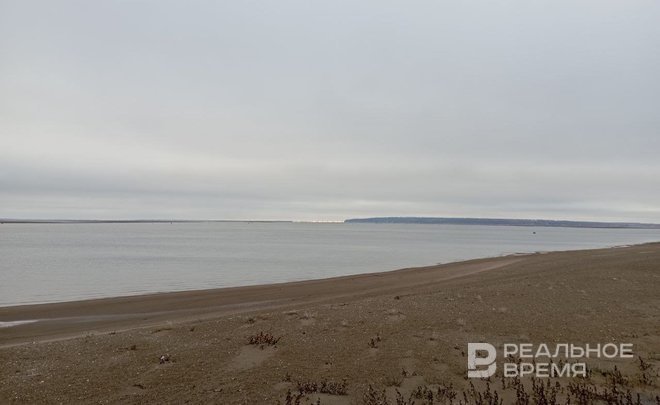
On 14 November, the head of the Duma Committee on Ecology, Natural Resources, and Environmental Protection, Dmitry Kobylkin, announced proposals to save the Volga River: to send appeals to the government and the Prosecutor General's Office. The government is asked to form a special commission for the development of the Volga and Don water basins, and the Prosecutor General's Office is asked to conduct an audit. The story of the catastrophic shallowing of the Volga River, especially in its middle course, has been developing for several months. Tatarstan, which accounts for 59% of the area of the Kuibyshev reservoir, remains one of the most affected regions. But the problem cannot be solved alone. What the deputies decided, what is wrong with the Nizhnekamsk and Cheboksary reservoirs, and how Rosvodresurs is solving the problem — in the material of Realnoe Vremya.
What to do with the “most regulated river” in Russia
The State Duma continues to discuss the unprecedented shallowing of the Volga and Don Rivers. Let us remind that the chairman of the State Duma, Vyacheslav Volodin, said recently that the Volga is the most regulated river and menacingly asked “why they allowed” the current situation. On 14 November, the deputies decided to send appeals to the government of Russia and the Prosecutor General's Office in connection with the shallowing of two great Russian rivers. The lawmakers propose:
- the government should form a commission for the development of water management complexes of the Volga and Don basins;
- Prosecutor General's Office should check compliance with legal requirements in water protection zones in the Volga basin.
It is proposed to submit information on the results of this work to the State Duma by January 25, 2024.
The head of the profile committee of the State Duma, Dmitry Kobylkin, briefly outlining the reasons for the sharp shallowing of the Volga, mentioned “the obvious intersection of interests of different industries” and violation of the law on the management regime in water protection zones.
“The condition of the Volga and Don rivers causes concern among residents of the Volga and Don regions, heads of subjects of Russia and deputies elected from these territories. This is quite understandable, since the issues relate to the development of more than half of the country's subjects, in which about 80 million people live," Kobylkin said.
The Duma's address to the Government lists the priority tasks of the commission, which is proposed to be created. Among them, for example, care for water intakes so that they are guaranteed to work in low water conditions; timely clearing of riverbeds and dredging of Volga tributaries; reduction of anthropogenic load on rivers and their catchments.
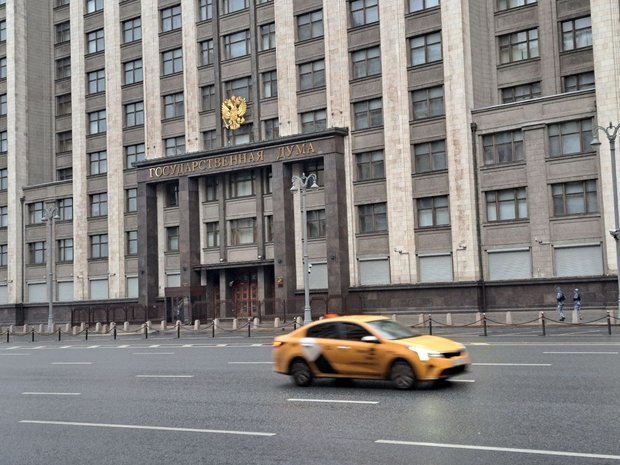
But the most important thing is that the deputies ask the government commission to regulate the seasonal sectoral redistribution of water output at the Volga-Kama cascade and solve the issues of reconstruction and construction of hydraulic structures to increase the useful capacity of reservoirs.
What they didn't have time to do under the Soviet Union
Recalling how the Volga-Kama Cascade was designed, environmentalists from Tatarstan talk about two rather large reservoirs on the Middle Volga, which for various reasons have never actually worked at full regulatory capacity. According to a number of experts, these projects need to be brought to a logical conclusion.
We are talking about the Nizhnekamsk and Cheboksary reservoirs. If everything had gone according to plan at once, they would have had time to accumulate water during the spring flood, and then the discharge of water through the Kuibyshev hydroelectric complex, perhaps, could have been at least partially compensated at their expense. However, neither works at full regulatory capacity. The design mark of the Nizhnekamsk reservoir is 68 metres, and its occupancy is balanced at 61 metres.
At the same level, the first hydroelectric unit of the Cheboksary HPP was launched at one time. In 1981, in order to ensure navigation, its level was raised to 63 metres, and in 1987, it was planned to finish work on bringing the reservoir to the design mark of the same 68 metres. But perestroika had already begun, the country was being stifled by economic problems, and the funding for the work was severely cut. They did not have time to prepare the flooding zone, and the work on the protection of lands and settlements was not carried out. Therefore, Cheboksary HPP continues to operate at a reduced level.
The head of the Department of Hydrogeology and Regulation of Water Use of the Ministry of Ecology of the Republic of Tatarstan, Tatyana Vasilyeva, explains that the Nizhnekamsk HPP was almost completed, the necessary shore protection was carried out on it. It could be raised to the 68th mark. But it was more difficult with the Cheboksary reservoir — they did not have time to strengthen the banks there, and it requires more significant financial investments.
“Now, due to that these reservoirs are unfinished, they work in transit mode: as much water enters them, so much goes away. They cannot accumulate a volume of water during high water, which can be used in the future, including for adding to the Kuibyshev reservoir, as it was designed. But they still work on non-project marks. We believe that the level of the Nizhnekamsk reservoir should be raised at least to the 64th mark. However, in order to do this, certain investments are needed," the expert tells our publication.
Volga is leaving
“Concern” is perhaps too soft a word to describe the scale of social tension in the the areas affected by shallowing. Tatarstan residents living on the banks of the Kuibyshev reservoir have been fiercely discussing the “withdrawal” of water all summer and all autumn and wondering: what will happen next? For example, residents of Rybnaya Sloboda say that they have never seen such a level of shallowing before.
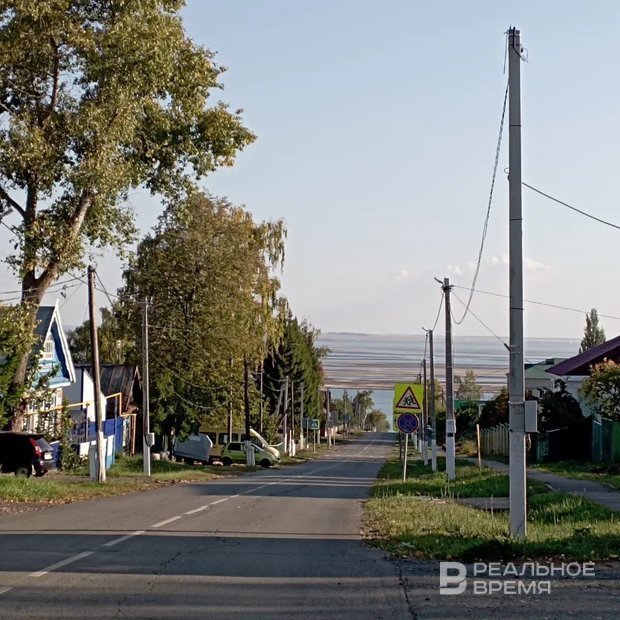
Let us remind that last week at a meeting of the Duma committee, the head of the Ministry of Ecology of Tatarstan, Alexander Shadrikov, delivered a speech. He said that he spoke on behalf of 10 million people who live on the banks of the Kuibyshev reservoir — the largest in Eurasia and one of the two backbone throughout the Volga cascade.
“With maximum economy, we must activate all waterworks, because we have to fill the Kuibyshev reservoir by the next spring flood. According to our forecasts, we are one and a half metres short. Accordingly, what will we be left with and what social tension will there be next year?" the Tatarstan minister asked.
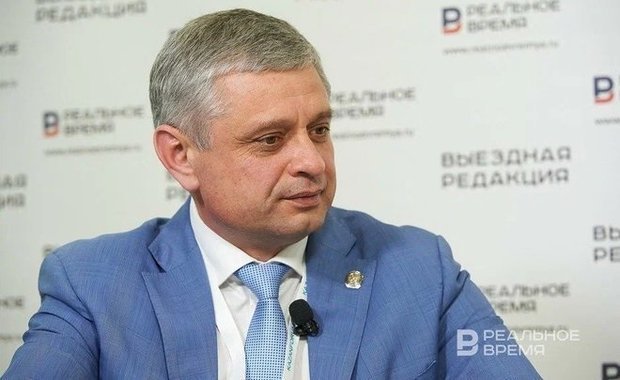
Illustrating the scale of damage caused to the ecosystem, Alexander Shadrikov cited data that due to shallowing this season, 70% of fish eggs in the reservoir dried up after spawning (according to VNIRO Federal State Budgetary Institution). This threatens to become a catastrophic blow to the reproduction of biological resources in the reservoir basin and the entire water cascade. Besides, some of the water tourist routes were closed in a number of Volga regions and navigation on shipping lines was completed ahead of schedule.
Regions are sounding the alarm…
The problem of river shallowing cannot be solved within the borders of one region. Let us remind that the Volga today is not a classic river, but a cascade of reservoirs formed by nine hydroelectric power plants. So, it turns out strictly according to Lomonosov: if something arrived in one place, it disappeared in another place. An increase in the amount of water in the lower parts of the cascade automatically leads to increased consumption in reservoirs located above.
The five regions that are located on the Kuibyshev reservoir — Tatarstan, Mari El, Chuvashia, Ulyanovsk region and Samara region — are no longer just “expressing concern”. They are sounding the alarm. Having gathered in a working group, these regions sent joint letters with their proposals to Rosvodresursy, Ministry of Natural Resources, and the Russian government. Their common aspirations have already been expressed several times by Alexander Shadrikov — he proposed to reduce the discharge through the Zhiguli and Volgograd hydroelectric power plants in order to save water in the reservoirs of the Middle Volga.
The Ministry of Ecology of Tatarstan has repeatedly voiced specific proposals to address the situation.
- Firstly, it is the reduction of discharge costs and the filling of reservoirs of the Volga-Kama cascade during high water to a retaining level of 53 m BES.
- Secondly, the revision of the rules for the use of water resources of the Kuibyshev, Saratov and Volgograd reservoirs.
- Thirdly, the increase in the level of the Nizhnekamsk reservoir to the level of 64,0 m BES.
...but Rosvodresursy continue to increase discharge costs to compensate for the accelerated flow of the Volga into the Caspian
The main thing that the regions are asking for is to observe a reasonable balance of the water level throughout the cascade.
“We ask you to strictly observe the rules for the use of water resources, which were adopted a long time ago, which we have talked about more than once. The smartest people created the Volga-Kama Cascade, and, accordingly, the smartest scientists adopted these rules for the use of water resources!” Alexander Shadrikov drew the attention of State Duma deputies to that the rules of water consumption on the Volga developed during the Soviet Union are being adjusted today.
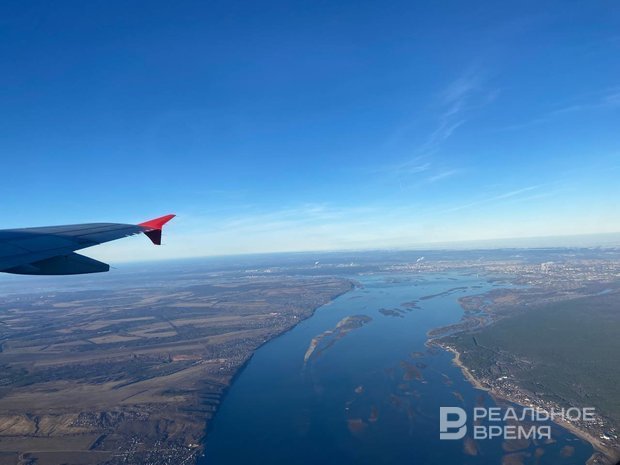
On November 9, the Federal Agency for Water Resources held a meeting of the interdepartmental working group on regulating the operating modes of the reservoirs of the Volga-Kama Cascade for the period from November 11 to December 10, 2023. The minister of ecology of Tatarstan spoke on behalf of five regions. He proposed to reduce discharge costs through the Kuibyshev reservoir hydroelectric unit from 4,400 to 3,400 cubic metres per second.
In turn, Rosvodresurs proposed, on the contrary, to increase the flow rate from the Kuibyshev reservoir to 4,600 cubic metres per second — to fill the Volgograd reservoir and provide water intakes of the Saratov region. The agency attributes the loss of water there, in the lower parts of the cascade, to a drop in the level of the Caspian Sea by 3,5 metres. Because of this, the flow of the Volga goes into the Caspian Sea at an increased speed, without encountering the resistance of the sea support. To maintain the water level here on the Middle Volga, it is now proposed to increase the discharges from reservoirs in the upper reaches of the great Russian river.
Realnoe Vremya continues to follow the events.